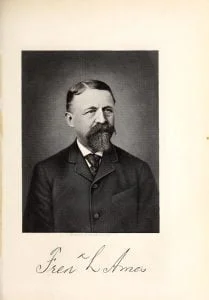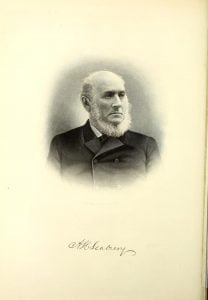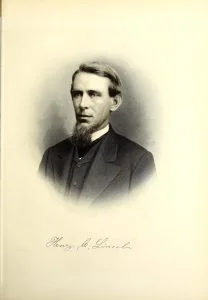The Baylies family of America is descended from Nicholas Baylies, who appears on June 5, 1706, as a witness to the marriage of his son Thomas, and is described as “of the parish of Aloe-Church, County of Worcester.” He was a Quaker in his religious belief.Thomas Baylies, born in England in 1687, married June 5, 1706, Esther Sargeant, daughter of Thomas Sargeant, of Ffullford-Heath, in the parish of Soby-Hull, County of Warwick. He carried on iron-works in England, first at Colebrookdale, and afterward at some place on the Thames. With his son Nicholas and daughter Esther he came to Boston from London in June, 1737, then returned, and the year after brought over his wife and four daughters, two married daughters remaining in London. After living a short time in Cumberland, R. I., he “leased the industrial establishment on the Mumford river, where Whitinsville is now located, for twenty-one years at £34 a year. They produced or dealt in ‘pigg’ and ‘barr’ iron, nails, ‘ankonys’ and other merchandise; owned cattle and much other property. Their establishment was widely known as Baylies’ Refinery or Finery. The older son, Thomas, Jr., did not appear in this undertaking, but located at Taunton, Mass.” Thomas Baylies died at Uxbridge March 5, 1756. Both he and his wife were Quakers.







